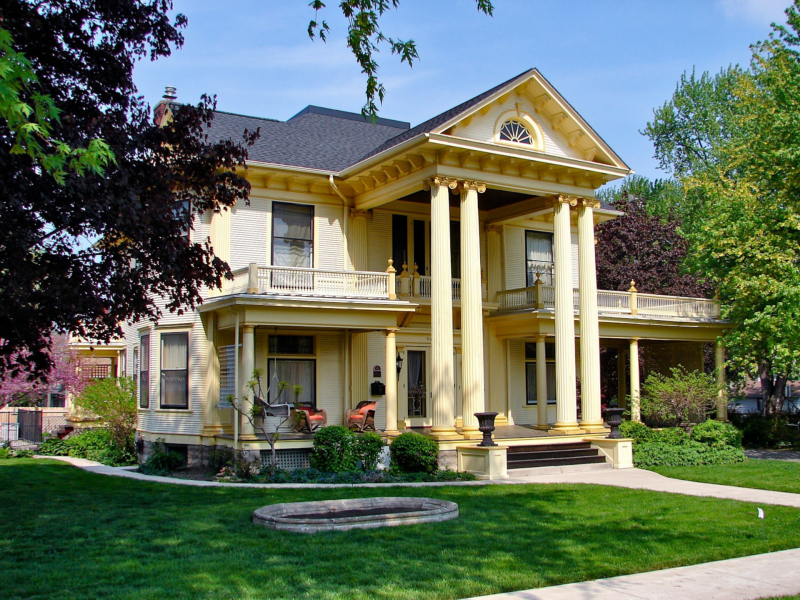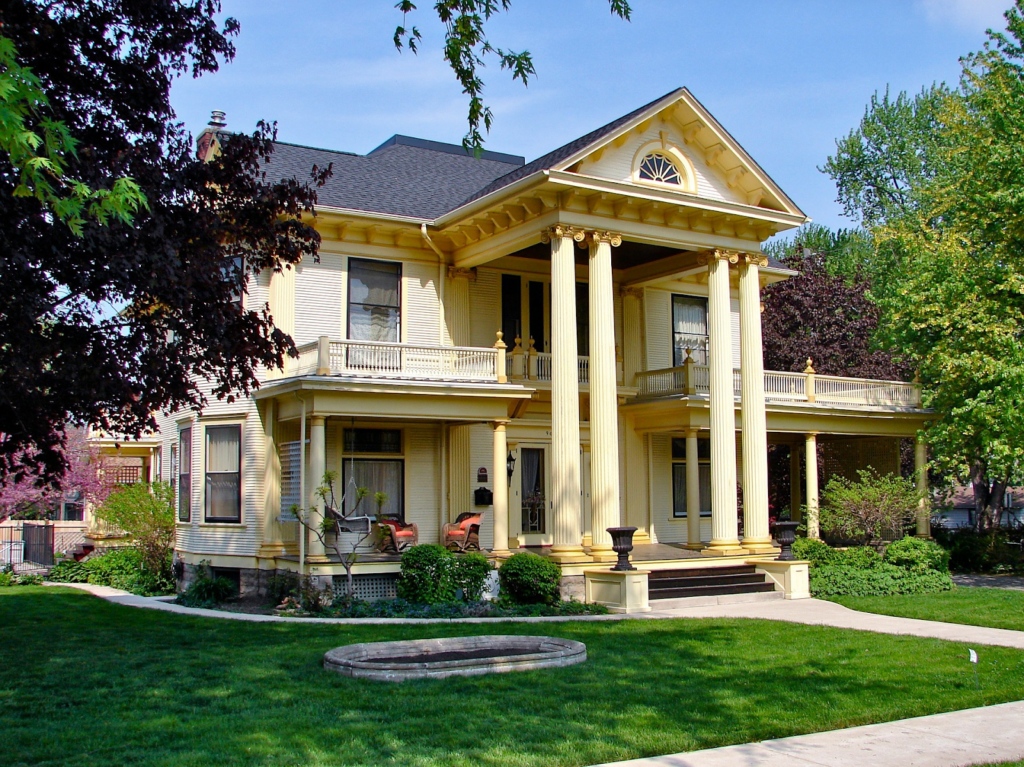There’s something uniquely charming about older houses. The architectural details included by our forefathers were almost always handmade and unique to the home or region. But sometimes it’s necessary to renovate or remodel to accommodate today’s families. Keep reading for ways to improve your historic home while keeping its character and charm.
Repair, Renovate, or Remodel
In the world of construction, the terms repair, renovate, and remodel are tossed around like juggling balls and are often interchangeable, but they are technically not the same. Before you begin any home improvement project, determine which type of construction you’ll need to do.
Repair. Repairing a feature of your home is simply the process of making something broken work again. Re-fastening a rising deck board is a good example of a repair.
Renovate. A home renovation is a process of returning a structure to its original look as much as possible. Sanding and staining original trim work or wood floors to match their appearance as-installed is a renovation project.
Remodel. Remodeling is the act of changing something. Tearing a kitchen down to the studs and replacing counters, cabinets, flooring, and appliances is remodeling.
If your home was built in the ‘60s, ‘70s, or ‘80s, repairing and remodeling can give you a modern-style house. However, if you live in a home built prior to the advent of big-box stores and home-improvement chains, renovation is a smart choice that can help you maintain your home’s value while preserving the historic integrity of the neighborhood.
Once you become familiar with these categories of home improvement, you’ll need to know how much you should pay the professional to perform the job. Whether it involves completely remodeling the kitchen or repairing a door, knowing the average, minimum, and maximum costs of the most common projects will eliminate any concerns you may have about overpaying.
Preparation
No matter which type of project you have in mind, when you’re ready to begin, your main priority is preparation. If your home is decked out with period pieces such as a Victrola or antique furniture, consider investing in a storage unit to prevent damage. These can be rented for fairly cheap and in the short-term. It’s also a good idea to have the home inspected before your start date to determine if there’s any damage, such as wood rot or foundation failure, that must be rectified to complete your project. Failing to do so will prolong the process and add to expenses.
Projects That Hurt
When you’re dealing with a historic property, there are a few projects that won’t add value and may even hurt when and if you decide to sell. The Craftsman Blog by home restoration specialist Scott Sidler lists the windows, doors and wood siding among features that should never be replaced unless absolutely necessary. Not only do these things add to the uniqueness of the home, but they were also built to last for generations. You’ll also want to make an effort to preserve unique architectural details, such as plaster columns, ornamental entryway door frames, and wooden interior doors. And you’ll want to be sure these doors are secure. These may not seem like a big deal, but they add to the personality and desirability of the home.
Projects That Help
While keeping things as original as possible can make the home appear well-maintained, there are a few behind-the-scenes improvements you can make to bring your home into the 21st century. A new electrical panel and wiring, new plumbing and insulation will make the home safer and more energy-efficient without changing its design.
Perhaps the biggest mistake historic homeowners make is attempting to renovate without experience. Anything that affects the structure or purpose of the home or deals with vital systems should be outsourced to a professional who has experience in renovation. But that doesn’t mean you can’t make changes yourself. Look for easier, more quickly applied DIY projects such as changing the light fixtures, adding a fresh coat of paint or upgrading your landscaping. Painting, for example, can be an inexpensive endeavor that provides instant gratification. And if you want to test color in your home without painting the entire wall, you can buy a sample color for less than $4. Once you find what you like, it’s as easy as prepping the room and then going to town with a roller and brush.
Painting, plumbing, and professional wiring are just a few cost-friendly ways to maintain the longevity of a historic gem. If you need any additional repairs, you should consult a licensed contractor to expertly handle any complicated fixes. These updates will help you to preserve your home’s history and its lasting future.
Image via Pixabay
Author: Paul Denikin



 The Importance of Home Security
The Importance of Home Security